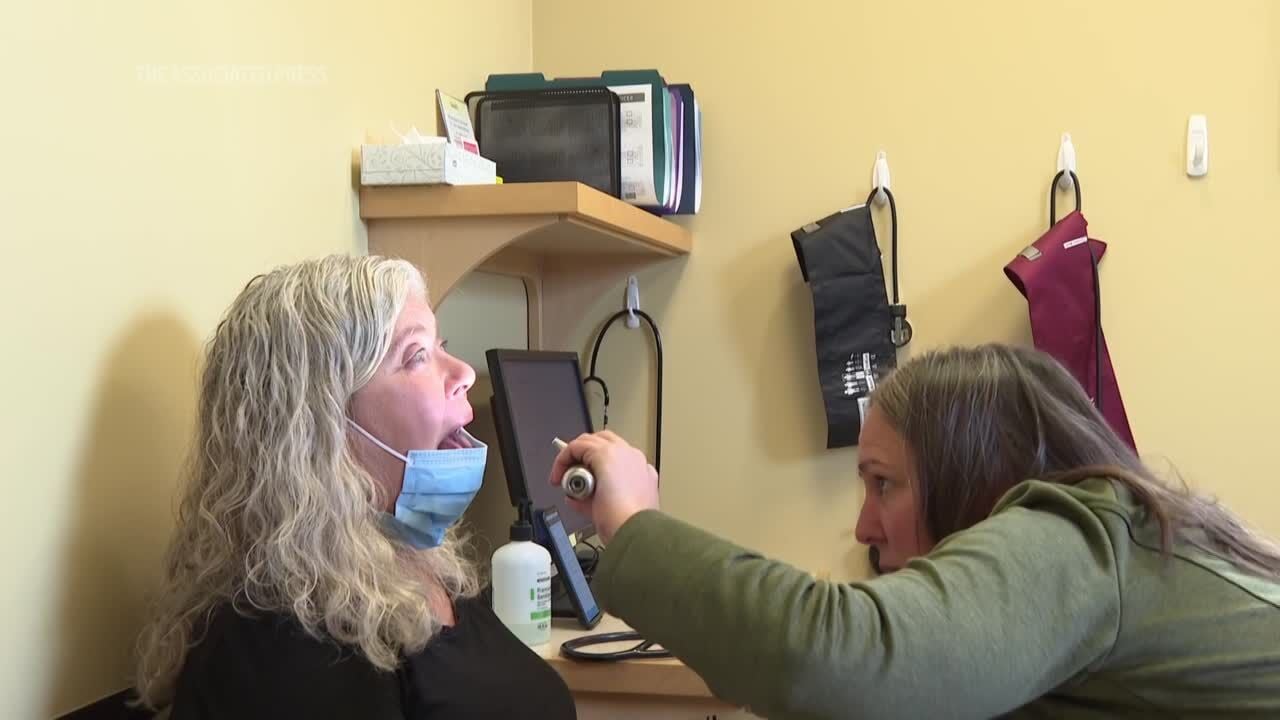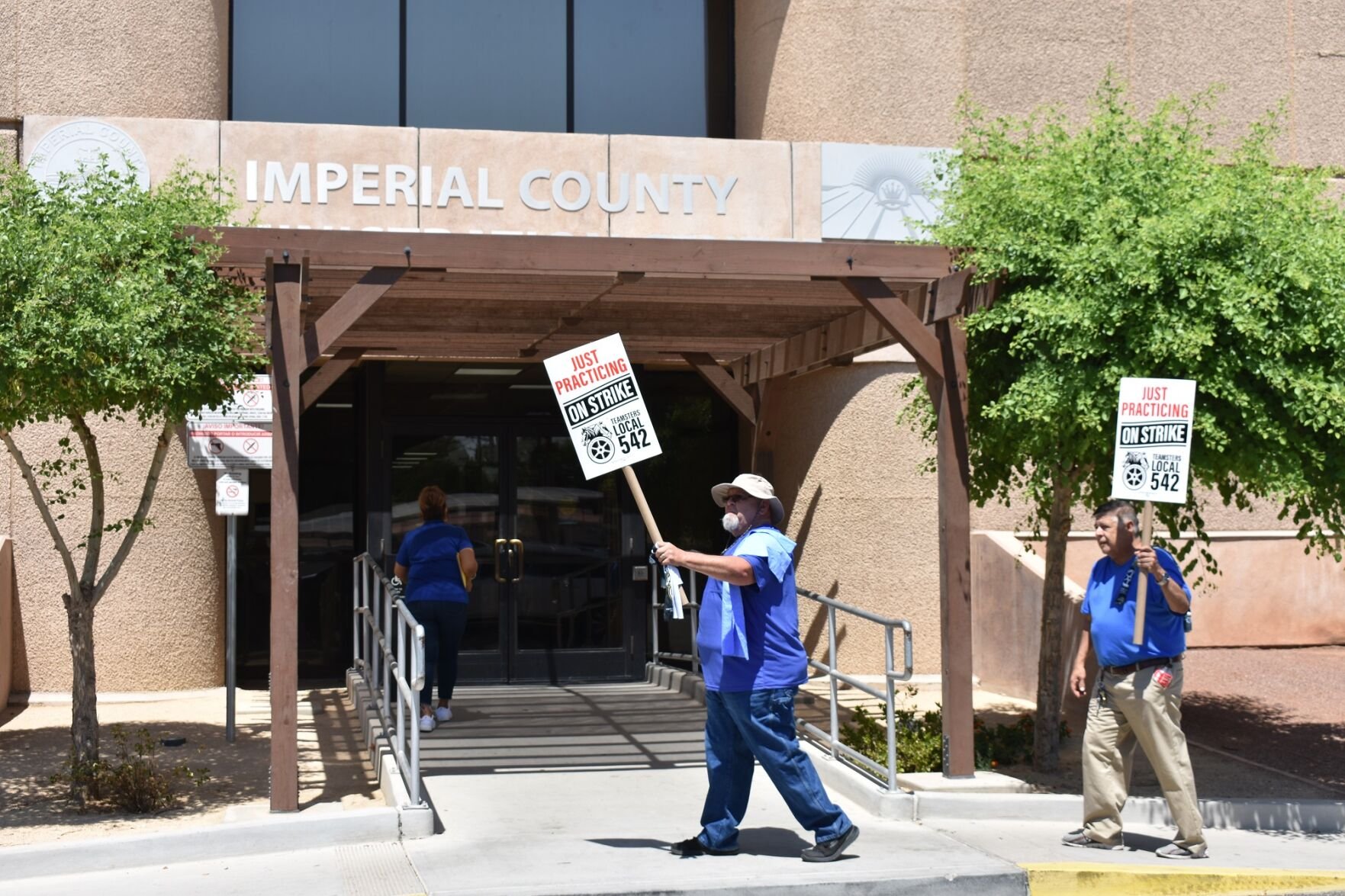A recent study reveals that rural living conditions partly account for racial disparities in access to lung cancer screening facilities. Published in the *Annals of Internal Medicine*, the research underscores the impact of geography on healthcare accessibility for at-risk populations.
Rurality partly explains racial difference in distance to lung cancer screening, study suggests
Key Takeaways:
- Racial disparities exist in access to lung cancer screening facilities.
- Rurality partly explains the differences in screening facility distances.
- The study was published in the Annals of Internal Medicine on January 14, 2025.
- Understanding these disparities is crucial for improving lung cancer outcomes.
- The findings highlight the need for better healthcare access in rural areas.
Rurality’s Role in Racial Gaps in Lung Cancer Screening
Introduction
Differences in distance to lung cancer screening (LCS) facilities by race and ethnicity are partly explained by rurality, according to a study published online on January 14 in the Annals of Internal Medicine . The findings shed light on how geographic location influences healthcare accessibility, particularly affecting racial and ethnic minorities.
The Importance of Lung Cancer Screening
Lung cancer screening is a critical tool for early detection of lung cancer, which can significantly improve survival rates. Regular screening allows for timely intervention, increasing the chances of successful treatment. Access to these screening services is, therefore, essential for at-risk populations.
Racial Disparities in Healthcare Access
The study highlights that racial and ethnic disparities exist in the distance individuals must travel to reach LCS facilities. Such disparities can lead to delayed diagnoses and treatment, disproportionately impacting minority communities and contributing to poorer health outcomes.
Impact of Rurality on Screening Access
Rurality emerges as a significant factor in these disparities. Those residing in rural areas often face greater distances to healthcare providers, including LCS facilities. This increased travel burden can deter individuals from seeking necessary screening, further widening the health gap between different racial and ethnic groups.
Implications of the Study
Understanding that rural living conditions partly explain the racial differences in screening access is crucial for public health efforts. It indicates a need for targeted strategies to enhance healthcare infrastructure in rural regions and to address the unique challenges faced by these communities.
Conclusion
The study’s findings underscore the importance of addressing geographical and racial disparities in healthcare. By improving access to lung cancer screening in rural areas, it is possible to reduce health inequities and improve outcomes for at-risk populations. As lung cancer remains a leading cause of cancer-related deaths, such efforts are vital for saving lives and promoting health equity.
Your goal is to maintain the integrity of the original information while improving its presentation for TIME Magazine’s audience.
Do not include any information that is not explicitly stated in or directly implied by the original news feed content.











